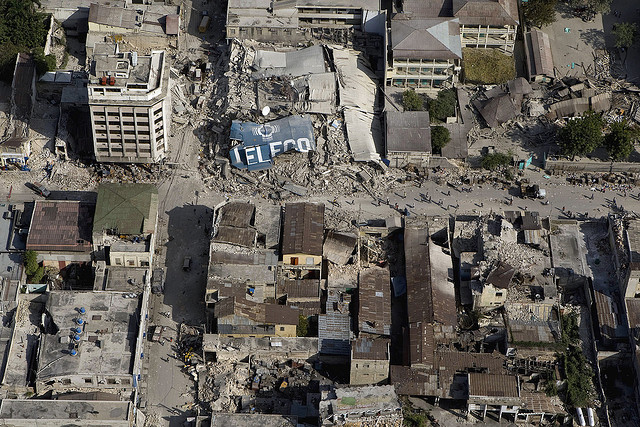The repair and rebuilding costs will rock businesses and homeowners because deductibles are so high that few have coverage for earthquakes.
Losses from Sunday’s 6.0-magnitude earthquake near Napa, the largest in California in 25 years, seriously damaged more than 170 structures and injured more than 200 people. Overall earthquake-related losses are expected to exceed $1 billion.
Many unreinforced masonry buildings risk being declared a total loss. But even retrofitting doesn’t always ensure earthquake immunity. The charming 1901 stone Goodman Library in downtown Napa was seismically retrofitted at a cost of $1.7 million a few years ago, yet the top of the building toppled over in the earthquake. A nearby historic brick building was retrofitted for $1.2 million after a 2000 Napa earthquake, and it was red-tagged Monday with serious damage, as well.
Unfortunately, the repair and rebuilding costs will be the next jolt that rocks the budgets of businesses and homeowners. It’s estimated that less than 12% of homeowners in California have earthquake coverage – a figure that was as high as 22% last year, according to the California Earthquake Authority. CEA underwrites more than 800,000 policies representing 70% of the homeowner earthquake insurance in the state.
California has two-thirds of the nation’s earthquake risk, with 2,000 known faults producing 37,000 measurable earthquakes a year. Besides California, the U.S. Geological Survey maps show major earthquake risks in nearly half the U.S.
In 1994, after a 6.7-magnitude earthquake hit the Northridge area of Southern California, 93% of homeowner insurance companies restricted or refused to write earthquake insurance policies. In response, the California legislature established the California Earthquake Authority (CEA) in 1995 to provide a reduced-coverage (“no-frills”) earthquake policy for homeowners in the state -- things like swimming pools, decks and detached structures are not included. Insurance carriers in California can offer their own earthquake coverage or be a participating member of the CEA, which made the CEA one of the largest providers of residential earthquake coverage in the world.
Currently, 21 major insurance carriers participate in CEA, and its assets total nearly $10 billion. Its A.M. Best rating is A- (excellent). CEA policies are available to homeowners and renters, including for mobile homes and condominiums, if their primary homeowners’ coverage is with one of the CEA insurers. Keep in mind that many condominium communities have common ownership, which means that the condo owners could have joint and several liability for repairs after an earthquake. CEA reports that it uses 83% of the premiums it collects for claims or reinsurance, 14% for broker commissions and 3% for operations/overhead.
The likelihood that state or federal disaster relief may be available is a risky proposition for home or business owners. The president needs to declare a disaster before the Federal Emergency Management Agency (FEMA) can grant any limited assistance. States surplus funds for relief, on the other hand, are simply non-existent.
So why are people buying less earthquake coverage when the hazards of a potential devastating earthquake are growing? Unlike other natural disasters like hurricanes, tornadoes, and wildfires that are usually covered under homeowners’ insurance policies, earthquake coverage is a separate insurance policy with a deductible of 10% or 15% of the structure’s estimated replacement cost.
The average earthquake policy in California in 2013 cost $676 a year, according to the California Department of Insurance. The current average cost of a home in California, according to Zillow, is $429,000. Even with a minimum 10% deductible, a homeowner would be out of pocket $42,900 before earthquake insurance coverage kicks in.
Business properties suffer a much larger risk factor considering the additional exposure of damaged inventory, a red-tagged (unusable) building risk and loss of use and income.
In contrast, flood insurance is available in most of the country with a $1,000 building and $1,000 contents deductible as part of the property coverage. The Insurance Information Institute reports that the average flood damage claim in 2013 was $26,165 for the 13% of U.S. homeowners who buy the additional flood coverage – sometimes as a condition to their mortgage, if they are located in a flood zone.
Low-frequency, high-severity risks like earthquakes represent a bet that few home or business owners can afford to lose. Unfortunately, Californians, who own the nation’s highest-valued properties, also have the most money on the table when the next big shake comes.


